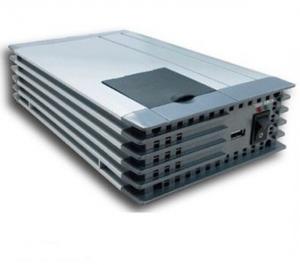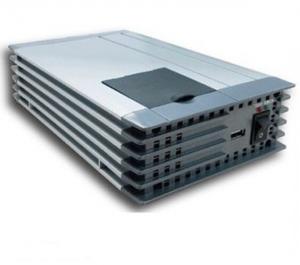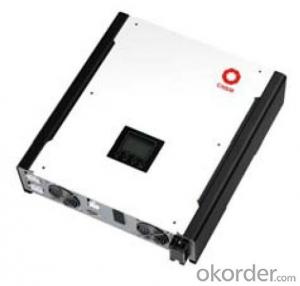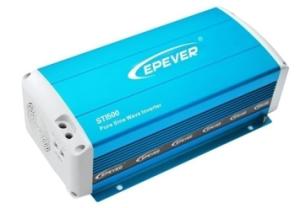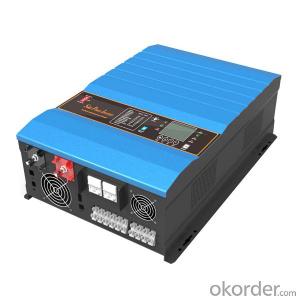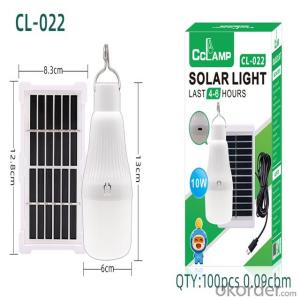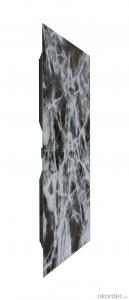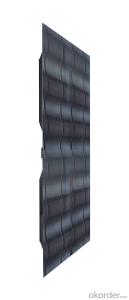Pure Sine Wave Photovoltaic Inverter 350Watt
- Loading Port:
- China main port
- Payment Terms:
- TT or LC
- Min Order Qty:
- 150000 watt
- Supply Capability:
- 3000000 watt/month
OKorder Service Pledge
OKorder Financial Service
You Might Also Like
1. Structure of Pure Sine Wave Photovoltaic Inverter 350Watt
ParaWatt Series inverter is a leading product in the industry, which has high cost performance. LED indicating lights can work under -25°
C ambient temperature.
Advance circuit design and high standard choice of components maximized its adaptability to inductive and capacitive loads. ParaWatt series
inverter can be used in cars, yachts and solar systems.
The superior performance and reliable quality makes ParaWatt series inverter the best choice for your requirements.
2. Main Features of Pure Sine Wave Photovoltaic Inverter 350Watt
• High efficiency 88%~89%
• Input & output fully isolation design
• THD <3%
• High surge capable of starting motor load
• EMC, multi-protection
• Temperature controlled cooling fan
• Ultra-compact design, low weight
•Brackets can be detachable and mounted; suit for different environments
• Output connector is designed on the top of chassis, suit for all kinds of connection modes
• USB interface 5V/12V
3. Pure Sine Wave Photovoltaic Inverter 350Watt Images
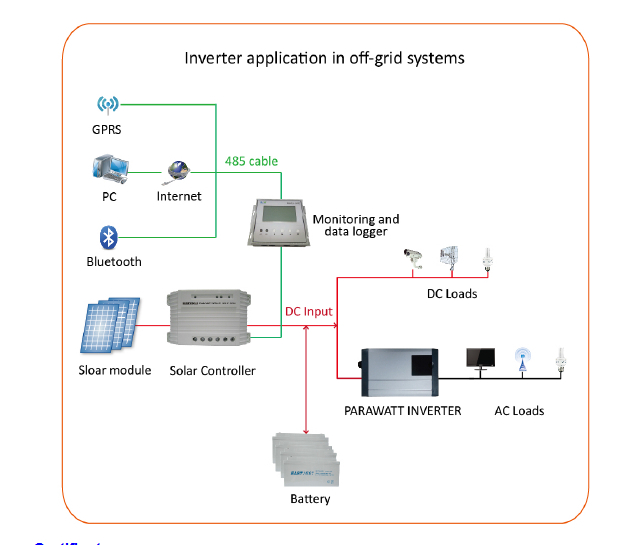
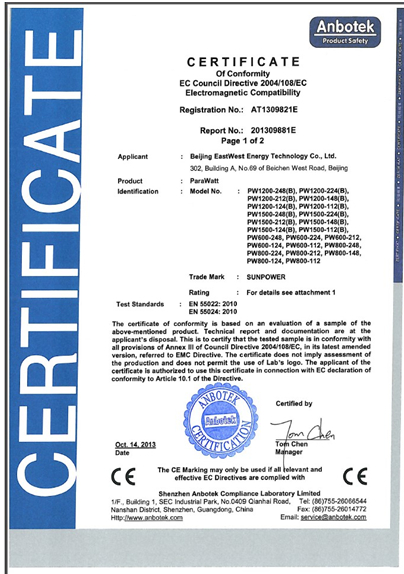
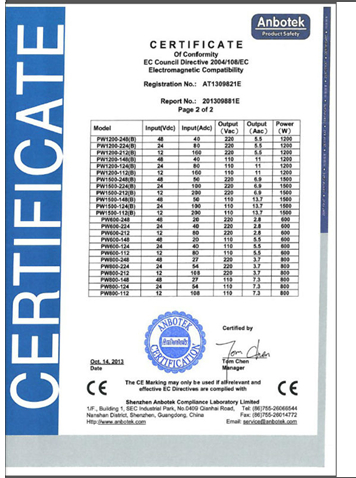
4. Pure Sine Wave Photovoltaic Inverter 350Watt Specification
窗体顶端 DC input voltage 窗体底端 | 12V | 24V |
Low voltage shut | 10.5±0.3VDC | 21.0±0.3VDC |
Low voltage resume | 12.0±0.3VDC | 24.0±0.3VDC |
High voltage shut | 15.0±0.5VDC | 30.0±0.5VDC |
High voltage resume | 14.5VDC | 29.0VDC |
Auto resume | Yes | |
Auto Protection | Over load, Over voltage, Low voltage, Over temperature, | |
Short circuit | ||
Cooling | Temperature and loading controlled cooling fan 窗体底端 | |
5. FAQ of Pure Sine Wave Photovoltaic Inverter 350Watt
Q1:Can we visit your factory?
A1:Sure,welcome at any time,seeing is believing.
Q2:Which payment terms can you accept?
A2:T/T,L/C,Moneygram,Paypal are available for us.
- Q:Can I connect solar panels directly to the grid without an inverter?
- No, you cannot connect solar panels directly to the grid without an inverter. An inverter is necessary to convert the direct current (DC) generated by the solar panels into alternating current (AC) that can be used by the electrical grid.
- Q:How does a three-phase solar inverter differ from a single-phase inverter?
- A three-phase solar inverter differs from a single-phase inverter in terms of the number of phases they support. While a single-phase inverter is designed to work with a single-phase electrical system, a three-phase solar inverter is specifically designed to handle three-phase electrical systems. This means that a three-phase inverter can handle higher power loads and is more efficient in distributing power across the three phases, resulting in better overall performance and stability for three-phase electrical systems.
- Q:Can a solar inverter be used in areas with unstable grid connections?
- Yes, a solar inverter can be used in areas with unstable grid connections. Solar inverters are designed to convert the DC power generated by solar panels into usable AC power for consumption or to be fed back into the grid. In areas with unstable grid connections, solar inverters can still function and provide power by utilizing battery storage systems or operating in off-grid mode. This allows for uninterrupted power supply and provides stability in areas with unreliable grid connections.
- Q:What is the maximum DC input current of a solar inverter?
- The maximum DC input current of a solar inverter depends on its specifications and design. It can vary greatly depending on the model and capacity of the inverter. It is essential to refer to the manufacturer's documentation or specifications to determine the specific maximum DC input current for a particular solar inverter.
- Q:What is the role of ground fault protection in a solar inverter?
- The role of ground fault protection in a solar inverter is to detect and respond to any faults or abnormalities in the electrical system, specifically related to the grounding of the system. It ensures the safety of the inverter, the solar panels, and the overall electrical system by interrupting the flow of current in the event of a ground fault, preventing potential electric shock hazards and damage to the equipment.
- Q:What is the role of fault ride-through capability in a solar inverter?
- The fault ride-through capability in a solar inverter is essential as it allows the inverter to remain connected to the grid during grid disturbances or faults. This capability ensures that the inverter can ride through and withstand voltage sags or dips in the grid, maintaining stability and continuous power generation. By providing this capability, the inverter helps to enhance grid reliability, prevent power disruptions, and contribute to the overall stability of the electrical system.
- Q:Can a solar inverter be used with a solar water pumping system?
- Yes, a solar inverter can be used with a solar water pumping system. A solar inverter is responsible for converting the DC power generated by solar panels into AC power that can be used to operate various appliances or systems. In the case of a solar water pumping system, the solar inverter converts the DC power from the solar panels into AC power to run the pump, enabling the system to function effectively.
- Q:What is the role of a solar inverter in reactive power control?
- The role of a solar inverter in reactive power control is to manage and regulate the flow of reactive power in a solar power system. It helps to maintain the power factor within acceptable limits by either injecting or absorbing reactive power as needed. This ensures efficient and stable operation of the system, while also preventing voltage fluctuations and grid instability.
- Q:How does a solar inverter synchronize with the electrical grid?
- A solar inverter synchronizes with the electrical grid through a process called grid synchronization. This involves the inverter constantly monitoring the voltage and frequency of the grid and adjusting its own output accordingly to match the grid's parameters. Once the inverter's output matches the grid's voltage and frequency, it can seamlessly feed the solar-generated electricity into the grid, ensuring safe and efficient integration of solar power into the existing electrical infrastructure.
- Q:What are the key factors affecting the lifespan of a solar inverter?
- The key factors affecting the lifespan of a solar inverter are the quality of components used, the level of maintenance and care, the operating environment, and the overall design and build quality of the inverter.
1. Manufacturer Overview |
|
|---|---|
| Location | |
| Year Established | |
| Annual Output Value | |
| Main Markets | |
| Company Certifications | |
2. Manufacturer Certificates |
|
|---|---|
| a) Certification Name | |
| Range | |
| Reference | |
| Validity Period | |
3. Manufacturer Capability |
|
|---|---|
| a)Trade Capacity | |
| Nearest Port | |
| Export Percentage | |
| No.of Employees in Trade Department | |
| Language Spoken: | |
| b)Factory Information | |
| Factory Size: | |
| No. of Production Lines | |
| Contract Manufacturing | |
| Product Price Range | |
Send your message to us
Pure Sine Wave Photovoltaic Inverter 350Watt
- Loading Port:
- China main port
- Payment Terms:
- TT or LC
- Min Order Qty:
- 150000 watt
- Supply Capability:
- 3000000 watt/month
OKorder Service Pledge
OKorder Financial Service
Similar products
New products
Hot products
Hot Searches
Related keywords
